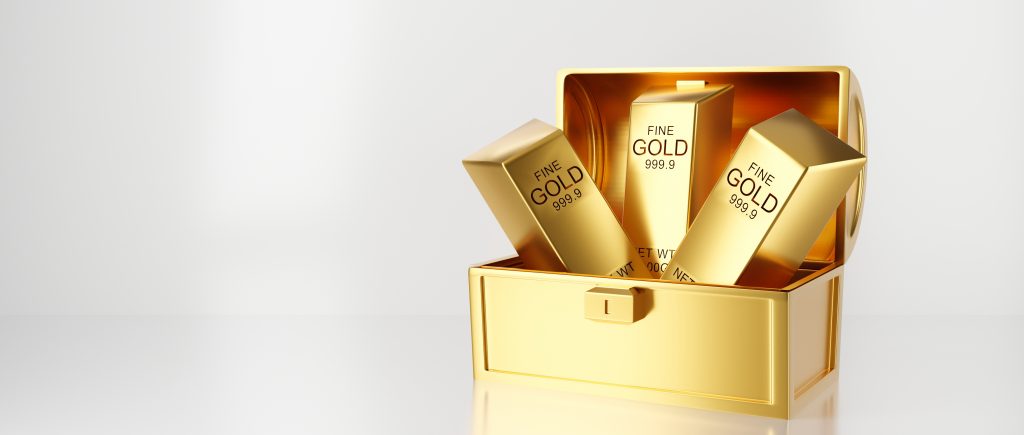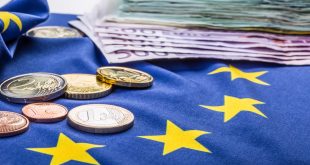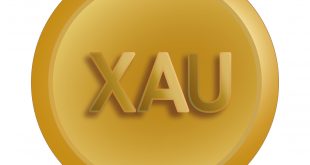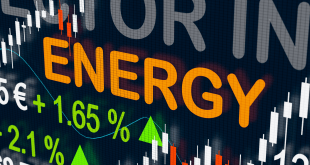Gold prices slipped sharply below the key $4,000 mark for the first time in weeks, pressured by renewed optimism over improving trade relations between the United States and China. The easing tensions have lifted global risk appetite, steering investors away from safe-haven assets like gold and into riskier investments.
During Monday’s session, gold fell nearly 3%, touching a daily low of around $3,971 before recovering slightly to trade near $3,995. The decline came despite growing expectations that the US Federal Reserve will cut interest rates later this week, a move that typically supports the yellow metal.
Reports indicating that China’s central bank paused its gold purchases added further weight to prices. Data from Hong Kong also revealed that China’s gold imports dropped by nearly 18% in September, reflecting weaker demand from one of the world’s largest buyers.
The latest round of talks between US and Chinese officials brought forward a framework aimed at pausing American tariffs on Chinese goods in exchange for relaxed restrictions on rare earth minerals. The discussions, held in Malaysia, fueled optimism for a potential breakthrough in trade relations and sent equity markets higher globally.
Adding to the sentiment, inflation data from the United States showed consumer prices rising slightly less than expected in September, suggesting some cooling in underlying inflation pressures. This combination of improving trade prospects and moderate inflation has prompted investors to move away from defensive assets, intensifying the drop in gold prices.
Still, many market watchers believe that gold’s broader uptrend remains intact. A possible rate cut by the Federal Reserve could provide renewed support for the metal, which tends to thrive in a low-interest-rate environment. Analysts note that as long as gold holds above the $3,900 level, its long-term bullish structure remains viable, with resistance seen around $4,100.
Despite the recent dip, long-term projections for gold remain upbeat, with expectations that strong investor demand and steady central bank buying could lift average prices above $5,000 per ounce by late 2026.
For now, however, the world’s most famous safe haven finds itself battling to hold ground as optimism replaces fear — and traders temporarily swap gold’s glitter for the glow of global recovery.

 Noor Trends News, Technical Analysis, Educational Tools and Recommendations
Noor Trends News, Technical Analysis, Educational Tools and Recommendations




